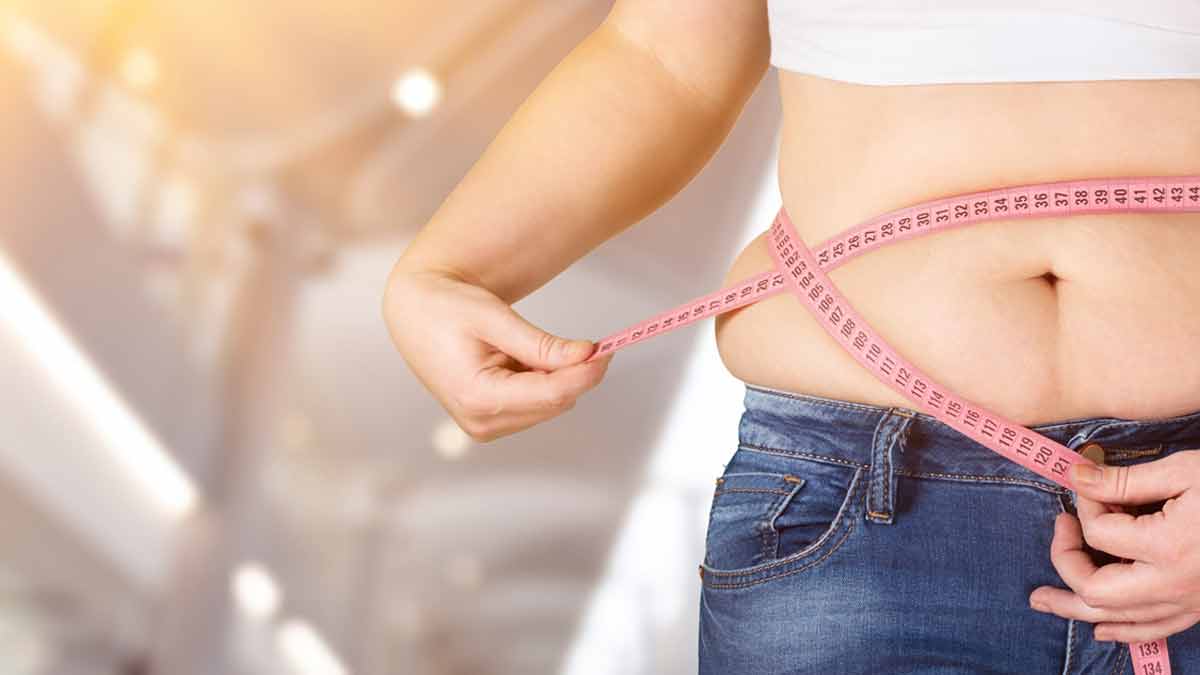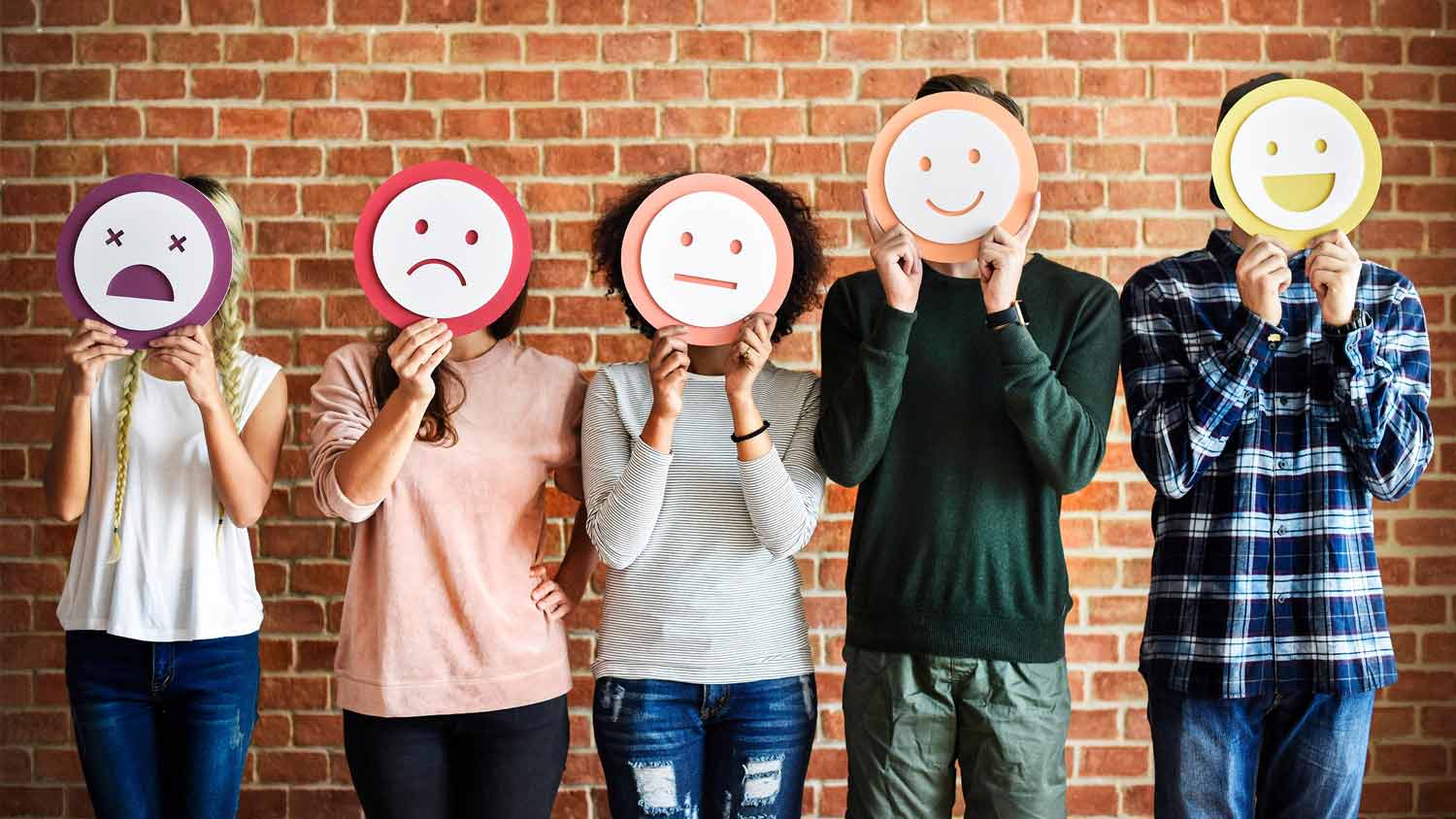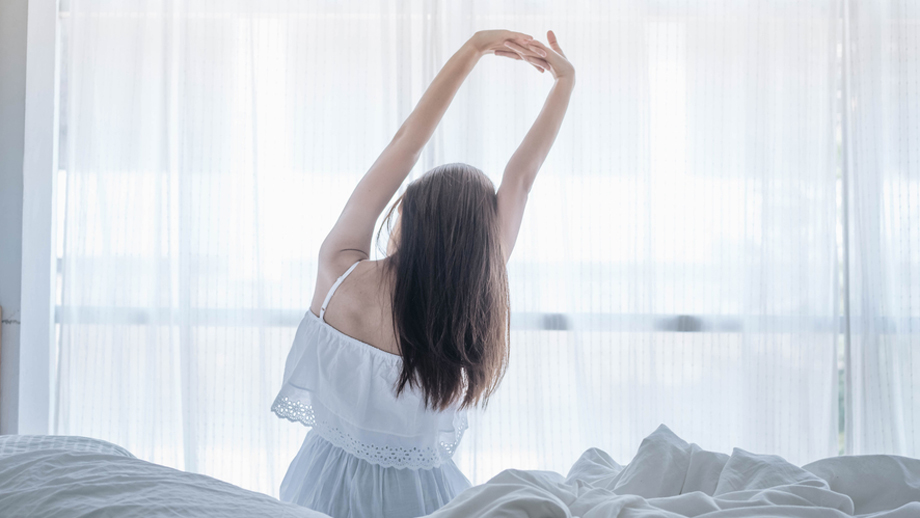Self Care Sunday 1
image source anveya.com
Hola Amigos! It's a great day to learn about self care and an even better day to start implementing it in your life, so, we present to you some ways how you can take care of your biggest supporter and your number one fan - You!
Now, let's be honest, the only person who fully understands you and knows you truly is yourself. You have been through every situation that you have been through, you have felt every emotion that you have felt and even when everyone else was far away, you still had you. The only person you can always count on, without a doubt, is YOU! Therefore it is essential to always, always make yourself feel loved and cared for, even if you yourself are doing it, because honey, you deserve it. Starting today, we shall be listing down ideas for you to take inspirations from, in order to start your self care journey!
❁ AFFIRMATIONS ❁
Everyone knows how our mind controls our body and our emotions, but not a lot of people are aware that our mind, our body and our emotions are actually co-dependent. That means, if your mind can control your body, your body can control your mind as well and the same goes for your emotions. Therefore, in tough situations, we can trick our mind to feel happier by just positively affirming.
If you have low self esteem, you don't feel confident in certain situations, you can simply affirm - “I feel confident” over and over and you will start feeling confident. Saying kind and positive things about yourself will make you feel better and happier, which in turn can also increase your productivity or sometimes even improve your mental or physical health depending on what you tell yourself about yourself. You can in fact test this codependency of the mind, body and emotions by a simple experiment. Next time you are feeling lonely and sad in your room, just force yourself to hysterically start laughing for no reason. You will start feeling significantly better within a few minutes.
My personal favourite routine for this technique is the one that I have stolen from one of the tiktok beauty and skincare gurus - Gabriela Chase (@gabschase on Youtube). In her morning and night skincare routine videos, we see her look straight in the mirror and dramatically say these words - “I am a baddie, yes it is true. I am a baddie, there’s nothing I cannot do.” She tries to really exaggerate her confidence, and the whole setting has a hint of comedy to it, but in my opinion it is a great way to uplift your mood at the start of the day and give you that little kick of confidence that you need to go through your daily routine.
❁ YOGA ❁
Before I begin to list down the innumerable benefits of yoga that you have one hundred percent read before, I would like to point out how my country India introduced the concept of Yoga to the world. It is illegal to talk about yoga and not take a moment to be proud of your country. Anyway, yoga is known to reduce stress levels and also stimulate your brain to produce chemicals beneficial for you like your feel good hormones. It is said to shift your brain from the sympathetic nervous system (SNS) to your parasympathetic nervous system (PSNS).
Our sympathetic nervous system is the one responsible for our fight or flight response to situations that might put us in some sort of danger. While this is needed, our mind’s definition of danger can be as small as seeing a known face in the crowd. With a little training, we can calm our brain down, so it triggers our SNS only when it has to. Our PSNS is responsible for the function of feeding and breeding, or rest and digest. Therefore, In order to calm down your body and start responding more in place or reacting, or sometimes even over reacting, we need our PSNS to take us over most of our daily situations. In other words - Yoga can help you tame your mind. And a tamed mind, means less drama and a happier life.
❁ TREAT YOURSELF ❁
Do you remember when you were younger and your parents would take you out for a little treat when you did something good, or were just simply feeling a little low? Well, why did we stop doing that? You can still give yourself a little treat for even small achievements, or when life isn't being easy on you. Even if it is as simple as going out for an ice cream alone, or making a bowl of maggie for yourself, give yourself that little push to make yourself feel better.
Sometimes, parents give their children a little treat for no reason as well. I am giving such parental examples because if parents do it, it means it is approved by the holy gods of law, right? Yeah, we ain't teaching anything illegal in this magazine. So go out, go buy yourself a drink or make one on your own. Make yourself feel loved and appreciated. Buy a chocolate, buy a packet of chips, or make yourself a fancy drink, maybe even dalgona coffee, maybe make some mac and cheese, maybe even just a sandwich you really love. Who is stopping you? Just do it ✔
❁ DANCE THERAPY ❁
Moving your body in general releases endorphins and other feel good hormones in your body and dancing has the same effect as any other form of workout. Therefore, dancing your heart out is one remarkable way to boost your mood, sweat a little and feel amazing. In addition to that, dancing is incomplete without music (seriously, if you dance without music please get some medical attention. It’s hazardous.) and music is also a well known mood boosting component, so double the points for this combination. To the shy, non dancers who can't dance to save their lives, we know what happens behind closed doors honey. Don’t make me open my mouth.
❁ READ ❁
Oooh, I see, you are already onto this one hah! Anyway, read the benefits of reading now. First and most importantly, it makes you smart and intelligent, so people will look up to you and respect you for your knowledge and wisdom. It improves your word power, brings you a little closer to being Sashi Tharoor.
No, no amount of reading will ever make you Sashi Tharoor. Anyway, back to our point, reading can be used as a form of entertainment. When you are reading a story, your brain can create visuals and you can always customise your imagination based on what the author is saying, it is like producing a movie minus the costs and efforts. Reading also improves the quality of sleep, don’t laugh, you doze off while reading too.
That's all we have for this Sunday, we will be back next week with another set of really helpful self care ideas that will put you in the right mood, set a positive tone for your day and help you become a better person with a better life. Adios Amigos!


















